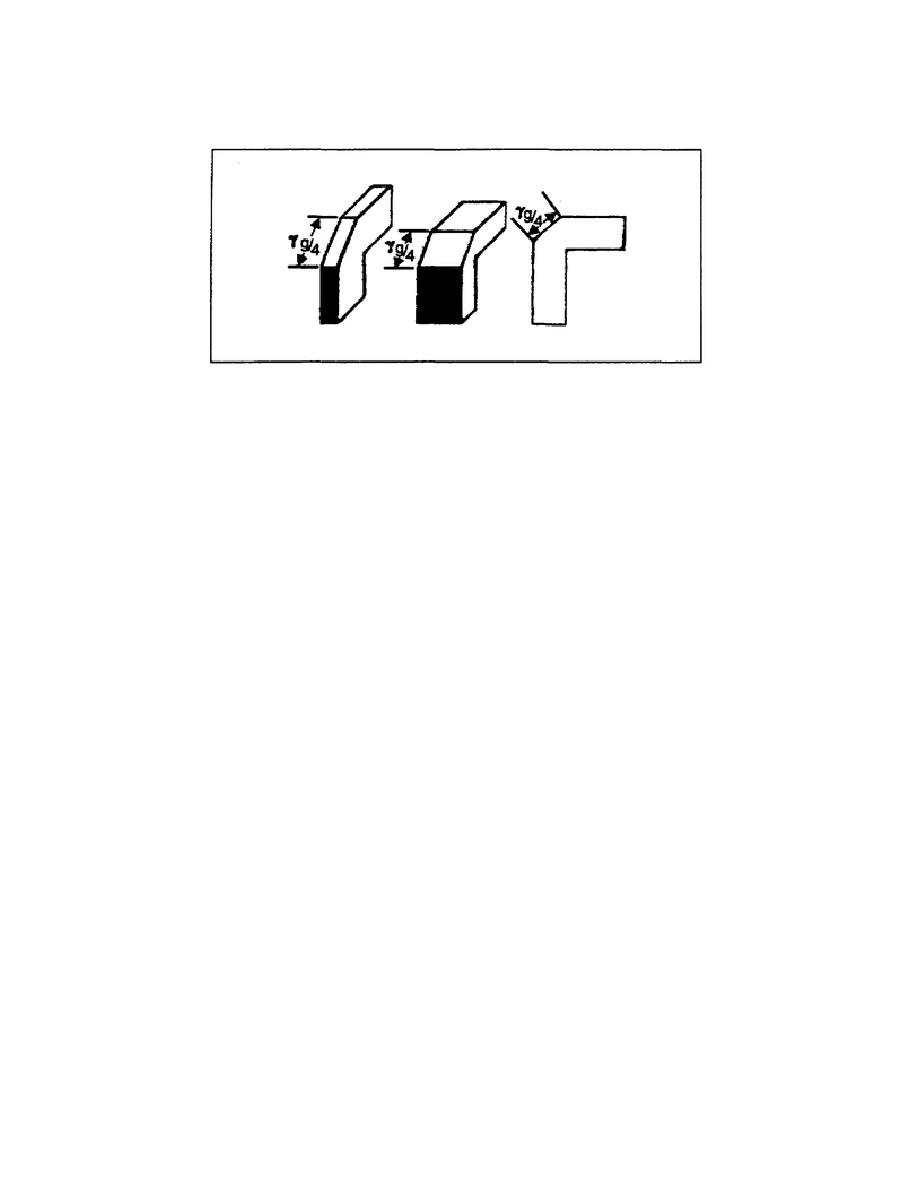
Reflections do occur in these bends, but the combination of the direct reflection at one bend and the inverted
reflection at the other bend will cancel. The fields then appear as though no reflection had occurred.
Figure 2-4. Sharp bends.
2. Construction. All bends can be made in either the narrow or wide dimension of the waveguide without
changing the mode of operation. The construction of these bends is very critical. The inside of the waveguide
must be smooth and free of dents or ripples. Any distortion of the inside surface will cause undesired reflection.
Because of this, the twists and bends are made at the factory and supplied to the installation.
LEARNING EVENT 5: FLEXIBLE WAVEGUIDE
A section of flexible waveguide is sometimes used to connect two rigid sections of waveguide when there is an
alignment or vibration problem. It is also used where the waveguide is subject to flexure at a low rate. Because
of its construction, the flexible waveguide may be bent or twisted in any desired direction.
1. Some common types of flexible waveguides and their construction are shown in Figure 2-5, page 2-6, and
explained below.
a. The type of waveguide shown in A, Figure 2-5 is constructed of spirally wound strips of brass which are
crimped together. When the waveguide is flexed, the strips slide one over the other and contact is maintained.
b. Part B, Figure 2-5 shows a similar section covered with rubber and with flanged connectors soldered to
the ends. The rubber covering seals the waveguide so that it may be pressurized and serves as a mechanical
protection. This is the general appearance of all types of flexible waveguides.
2-5
SS0031



 Previous Page
Previous Page
